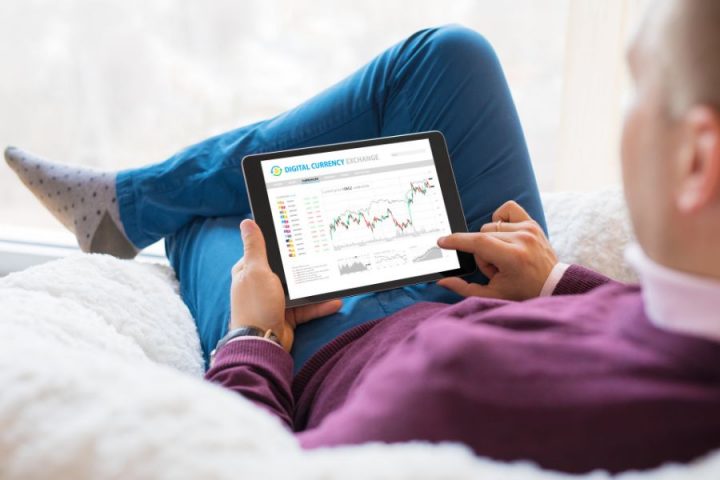In currency trading, currencies always trade in pairs. This means that their value is determined by their relative exchange rate against another currency. This exchange rate is usually denoted by the appropriate symbols. For example, an Indian Rupee trading against an American Dollar is denoted by the symbol INR/USD. The exchange rate for every currency in the world is the value of one currency relative to another. The three-letter identifier is unique to each country and is used to indicate the direction of the trade.
Market sentiment
If you’re looking to make profits in the currency market, you should consider using a currency market sentiment indicator. These tools estimate the number of bulls and bears in the market. The more the market sentiment indicator moves away from zero, the stronger the trend is. They can also avail you with an idea of the volume of trades within a specific time period.
Market sentiment can be tricky to measure because sentiment is affected by anything and everything. Every market participant has their own personal opinions about the market’s performance. Often, the majority opinion will determine the overall sentiment of the market. However, there come such moments when it may be wise to take a contrarian view and bet against the dominant sentiment.
Exchange rate fluctuations
Exchange rate fluctuations in currency trading are a natural phenomenon that occurs when currencies are traded in a market. These rates are determined by a variety of factors, including the economy of a country, the interest rates of other countries, and capital flows. Exchange rates fluctuate from one second to the next and can affect merchandise trade, interest rates, and economic growth.
These fluctuations are especially significant when a country’s currency is denominated in foreign currency. The change in exchange rate affects the cost of imported goods and services, as well as the rate of inflation within the country. Inflation rates are affected more strongly by fluctuations in exchange rates since the depreciation of a country’s currency increases the cost of imported goods.
Margin
In currency trading, traders need to understand the concept of margin. This is a percentage of the account equity that is set aside for new positions and is not a transaction fee. The margin requirement increases as the size of the trade increases. Moreover, margin requirements can be temporarily raised during times of high volatility, such as before a major economic data release.
The size of the margin is dependent on the volatility of the underlying currency pair, which is determined by geopolitics, economics, and other factors. In some cases, the margin requirement is as much as 20% of the total value of the currency pair.
Sniping and hunting
Sniping and hunting in currency trading are different strategies. The former involves buying near pre-determined points and selling near the opposite point. The latter does require a lot of patience and attention to the price chart. Both strategies are often accompanied by trailing stops. The downside is that these strategies are not automated and require manual entry and exit of trades.
The difference between hunting and sniping in currency trading is the degree of training required. The sniper is more accurate at shorter distances but becomes less accurate the longer he aims. It’s all a matter of practice. Those who trade daily or four-hour time frames can reduce the learning curve and build a skill set faster.
Exchanging currencies in pairs
You can compare the exchange rates of currencies from many different countries by exchanging currencies in pairs. To do this, you require to select the currency pair that you want to exchange. It’s important to specify the country code of both currencies and the exchange rate you want to use. You can do this by typing CYDCCYPR in the top right corner of the screen.
Currency pairs fluctuate according to the level of trade between countries. The most commonly traded and dealt currency pairs are called the Majors, and they make up the largest share of the FX market. These currencies are traded in high volumes and can have the largest price fluctuations during the day.
Developing a strategy
Learning to trade currencies might be a difficult process, and it can take some time to acknowledge the ins as well as outs of the market. But it is important to develop a strategy before you start. A trading strategy should set out the entry and exit points for every trade. Without a strategy, you risk incurring huge losses. A good trading strategy will also include a stop loss on each trade.
Developing a strategy for currency trading involves identifying different levels of support and resistance. These are levels that the currency price will struggle to go below or above. By placing trades in these areas, you can profit. In addition, a strategy can be based on technical or fundamental analysis.
